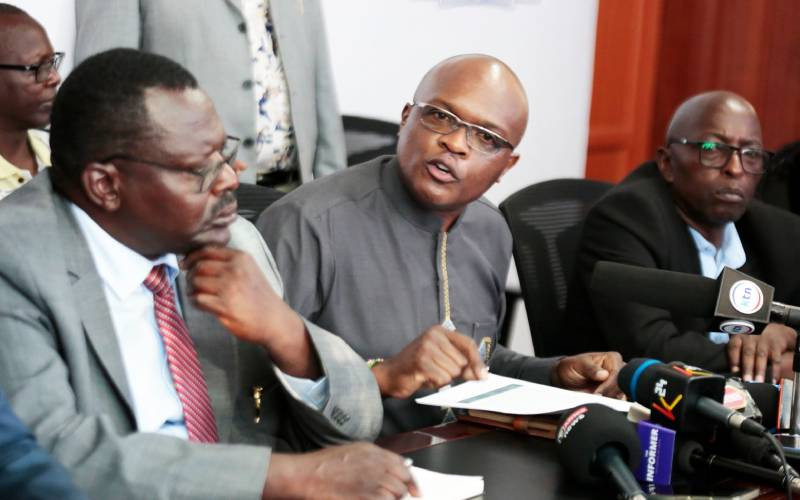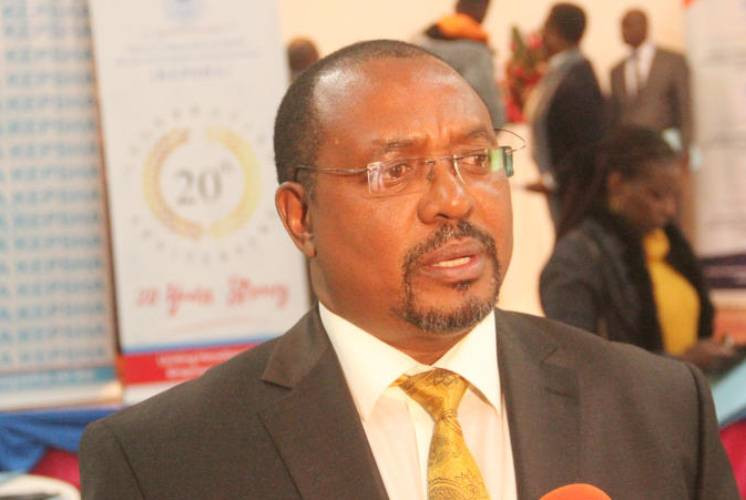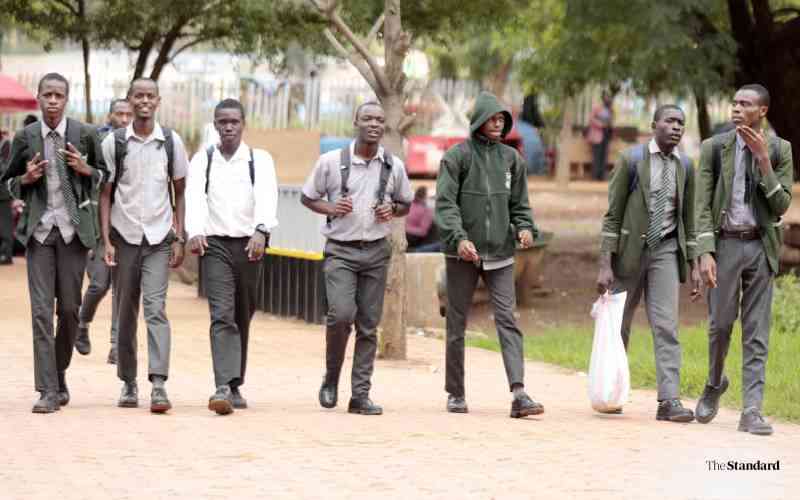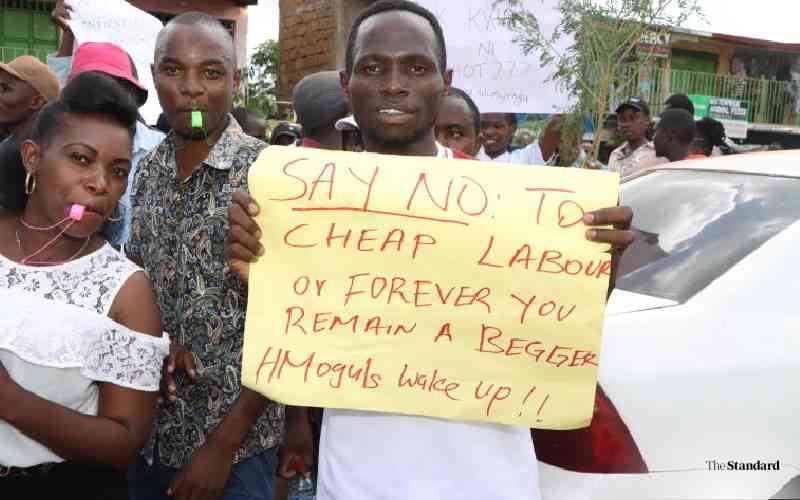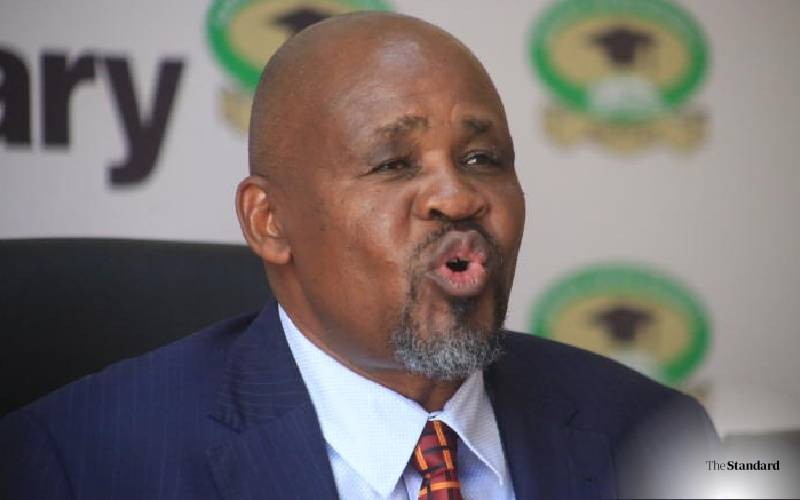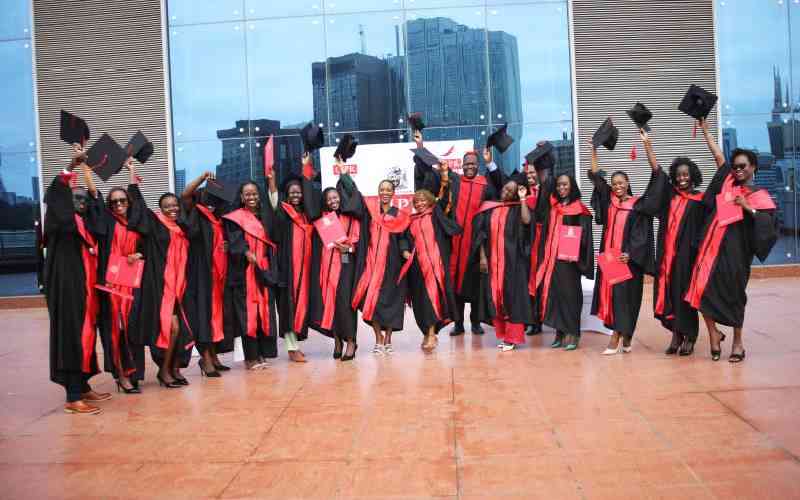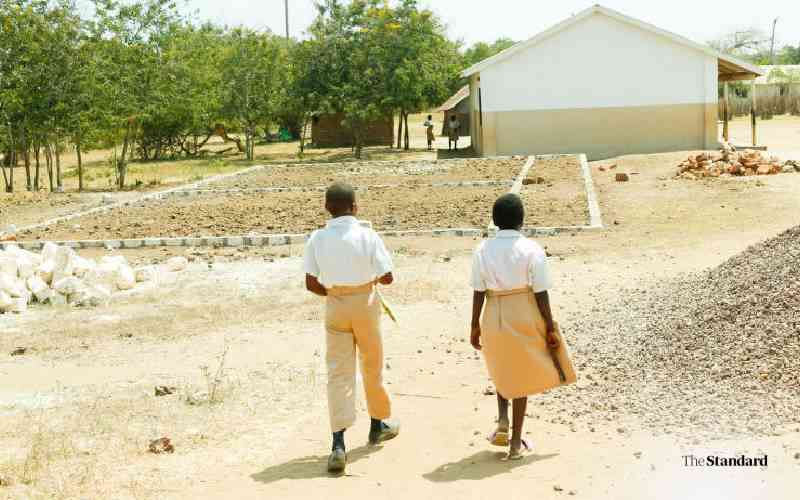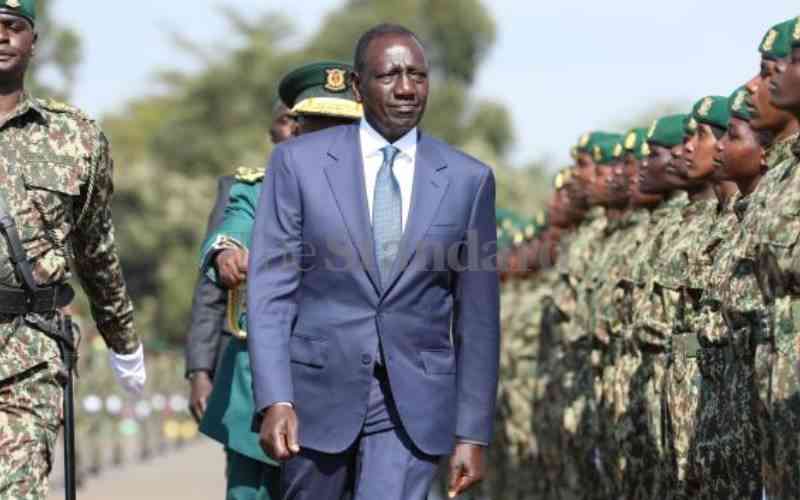
A push by students to convince President William Ruto to revert to the old funding model or scrap off loans under the new funding model did not yield as they had anticipated.
Instead, President Ruto made a strong case for the new model adopted in September 2024.
At the same time, he dashed hopes for lower student loan interest also pushed by some students.
However, in what could be a reprieve to graduates, the president indicated that students should not have an obligation to pay back the student loan until they secure employment.
This comes as the number of students appealing their classification of financial aid they will receive continues to rise with 26,000 students so far requesting for their status to be reviewed.
On Sunday, student leaders from various universities made frantic efforts to push for reversal to the old university funding model. But Ruto with the backing of Vice Chancellors rejected the idea.
The Head of State painted it as untenable and a time bomb that was sinking universities to their deathbed. "The old model was killing our universities. As of June 2023, 23 out of the 40 universities were technically insolvent. The round one of this model, which started last year has been able to get those universities out of that pit,” said Prof Deniel Mugendi, the chairman of the Vice Chancellor’s Committee. He added, “We have done simulations and we have seen that in three years' time, all universities will have a turnaround."
He also warned that going back to the old funding model will result to half-baked graduates because they will not get students the necessary resources to succeed.
- Court extends stay on health laws as ministry appeals ruling
- Experts seek inclusion of youths, children in climate action
- Ruto admits SHA skepticism, dodges vaccination issue
- Ruto proposes Sh1 billion start-up fund for youth innovation
Keep Reading
The model, he said, tailors funding to individual student needs and ensures that students receive the resources necessary to complete their studies successfully.
He also says that he has managed to increase funding to university education from Sh45 billion when he came to power to over Sh80 billion.
The push to scrap the loan element under the new funding model was also frustrated with the President defending the need for a loan to ensure sustainability of the kitty.
The President had said the government owed universities Sh138 billion.
This was as a result of the Government's inability to keep its part that needed it to pay for at least 80 per cent of every student admitted to university under the Government-sponsored programme.
Additionally, the president took issue with the old model for funding all courses at the same rate. He noted that he learnt all courses had different pricing.
This, he says, is reflected in the new funding model; by allowing each university to give a value to each cost based on what it costs to teach.
He explained that Competency-Based Curriculum (CBC) and University funding were two big challenges he had to cover when he took office .
To address the two and more, he appointed a 42-member taskforce to push for changes warning that destroying an education system is akin to destroying a nation.
The President further defended the criteria used to categorise students --the Means Testing Instrument.Ruto said that the banding is done through a multi-agency approach which involves the Kenya Revenue Authority (KRA), Kenya National Bureau of Statistics (KNBS) the National Integrated Identity Management System (NIMS) and other stakeholders.
Students argue that its implementation remains hazy and will not be feasible to improve access to quality education in higher learning institutions.
 The Standard Group Plc is a multi-media organization with investments in media platforms spanning newspaper print
operations, television, radio broadcasting, digital and online services. The Standard Group is recognized as a
leading multi-media house in Kenya with a key influence in matters of national and international interest.
The Standard Group Plc is a multi-media organization with investments in media platforms spanning newspaper print
operations, television, radio broadcasting, digital and online services. The Standard Group is recognized as a
leading multi-media house in Kenya with a key influence in matters of national and international interest.

